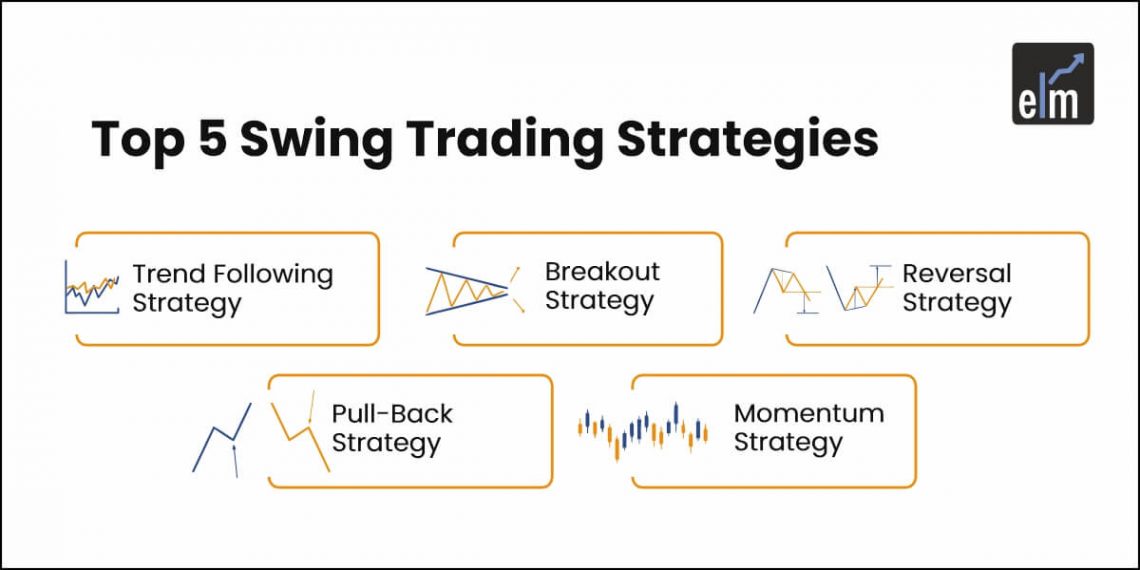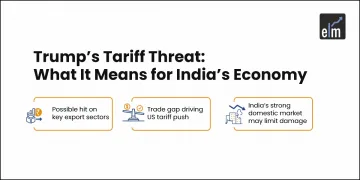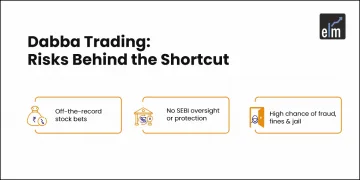Swing trading is a strategy used by traders to capitalize on price movements in the stock market or other financial markets over a period of days or weeks.
The main goal of swing trading strategies is to capture short- to medium-term gains by taking advantage of the ‘swings’ or fluctuations in stock prices, without the need for constant trading throughout the day, as in day trading.
Unlike day trading, where positions are closed by the end of the trading day, swing traders look to hold their positions for a few days to several weeks. They aim to profit from trends, reversals, or momentum in the market. For example, if a stock is trending upward, a swing trader will enter the trade when the stock shows signs of a temporary pullback and then exit when it moves back to the top of its cycle.
Swing traders use technical analysis (charts and indicators) to identify patterns, such as support and resistance levels, moving averages, or momentum indicators. They also often consider factors like market trends, sector performance, and overall economic conditions.
In this blog, let us know the top swing trading strategies that will help you in identify profitable opportunities, manage risks, and improve your overall trading performance-
5 Swing Trading Strategies
Let us discuss some of the swing trading strategies –
Trend Following Strategy
This swing trading strategy involves identifying an existing trend (uptrend or downtrend) and then finding trading opportunities in it.
Swing traders look for price movements that align with the main trend and enter positions during minor pullbacks or consolidations.
In this strategy, traders use trend indicators such as moving averages or draw trendlines to identify predominant trends.
Suppose a stock has been forming higher highs and higher lows, as in the daily chart of Gail Ltd.
You notice it pulls back to its 50-day EMA or a previously identified trendline.
You can enter a buy position when the price bounces from this level, indicating the uptrend will resume. Exit when the price breaks below the 50-day EMA or the trendline.
One can place the stop-loss a few points or a small percentage (e.g., 1%-2%) below the 50-day EMA.
Breakout Strategy
This swing strategy involves entering trades when the price breaks from the resistance level (in an uptrend) or below a support level (in a downtrend), signalling the start of a new trend.
Swing traders identify key support and resistance levels and wait for the price to break out of these levels. A high volume during the breakout strengthens the signal.
Traders can use indicators such as volume indicators (like OBV or volume bars), support and resistance zones or Bollinger Bands for volatility breakouts.
If a stock breaks above a long-standing resistance level of ₹1380 with high volume, a swing trader might go long, anticipating further upside momentum.
Also, one can combine with other technical indicators to confirm the breakout as shown as in the daily chart of Bata India Ltd.-
Reversal Strategy
This swing trading strategy focuses on identifying potential turning points in the market where an existing trend might reverse.
Swing traders look for patterns like double tops, double bottoms, or candlestick reversal signals (e.g., hammer, engulfing).
Divergence in momentum indicators such as Relative Strength Index (RSI), can also signal reversals.
Suppose, If a stock in a downtrend forms cup and handle pattern at ₹115 and RSI rises above 30, it may signal a reversal to an uptrend as shown below
The target for this pattern would be to add cup depth to the breakout level. Stop-loss can be placed below the handle’s low or cup’s low for safety.
Pull-Back Strategy
This strategy involves entering trades during short-term price corrections (pullbacks) in an overall trend, aiming to profit when the price resumes its primary direction.
Swing traders wait for the price to retrace to a key support level (in an uptrend) or resistance level (in a downtrend).
They use Fibonacci retracement levels (commonly 38.2%, 50%, or 61.8%). or moving averages (e.g., 20 EMA or 50 EMA) to identify pullback entry points. A stochastic oscillator will be used to confirm oversold/overbought levels.
In an uptrend, if a stock retraces to its 50-day SMA and RSI above 50 levels from below, it may present a buying opportunity.
One can place the stop-loss slightly below the recent swing low to protect against further downside.
Momentum Strategy
Momentum swing trading involves identifying stocks that are trending strongly in a particular direction and capitalizing on the continued movement.
The strategy is based on the idea that “winners keep winning” and often leverages technical indicators, price action, and volume analysis to time entries and exits.
In StockEdge we have ready – momentum swing trading strategies that help the traders to filter out stocks for swing trading as shown below-
Conclusion
Swing trading strategies offer a balanced approach for traders seeking short- to medium-term opportunities. Combining tools like relative strength, chart patterns, and moving averages can enhance decision-making. While it’s not without challenges, swing trading suits those who prefer a structured yet flexible style over day trading or long-term investing. With proper research and execution, it can be a rewarding strategy for consistent market gains.
Also Read: 5 Most Used Swing Trading Indicators
Frequent Asked Questions (FAQ)
What is 1% rule in swing trading?
The 1% rule is a risk management guideline that states you should not risk more than 1% of your total trading capital on any single trade.
Example: If you have a trading account of ₹100,000, you should not risk more than ₹1,000 on any one trade. To apply the 1% rule, you need to determine your stop-loss level and then calculate the appropriate position size.
Example: If your stop-loss is ₹5 below your entry price, and you can risk ₹1,000, you can buy a maximum of 200 shares (₹1,000 / ₹5 = 200).
Is swing trading profitable?
Yes, swing trading can be profitable, but it’s not a guaranteed path to riches. Like any form of trading, it involves risks, and profitability depends on several factors.
What is the most effective swing trading strategy?
There’s no single “most effective” strategy, as what works best can depend on market conditions, individual preferences, and risk tolerance. However, some commonly used and effective swing trading strategies include trend following, breakout trading, pullback trading and reverse trading.
Read our blog: https://blog.elearnmarkets.com/top-5-swing-trading-strategies/






